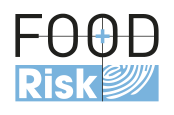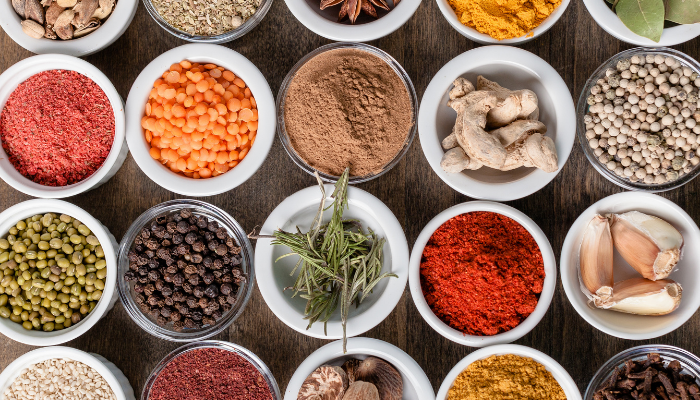The European Commission has set up a Coordinated Control Plan inviting EU Member States to take samples of herbs and spices and send them for analysis to the Joint Research Center (JRC).
The main objective of this plan was to establish the prevalence on the market of certain non-compliances and possible illegal practices in the marketing of herbs and spices.
It has just published the results of this Coordinated Control Plan.
It is to date the largest investigation into the authenticity of culinary herbs and spices in terms of participating countries (23 countries) and samples analyzed (1,885).
Six herbs and spices were analyzed: cumin, turmeric, oregano, paprika/chili pepper, pepper, and saffron.
Nearly 10,000 analyses were performed on these 1,885 samples using a series of advanced analytical techniques to assess the purity of the samples.
Presence of unauthorized colorants.
The overall rate of adulteration of spices with unauthorized colorants was 2% (25 samples out of 1,340).
Unauthorized colorants were found in the following matrices:
- In turmeric, 0.9% non-compliance, detection of Sudan I and Tartrazine.
- In paprika/chili pepper, 2.2% non-compliance, detection of Sudan I, Allura Red, Bixin, Azorubin, and Sunset Yellow.
- In saffron, 8.5% non-compliance, detection of Sudan I, Sunset, Azorubine, Acid Yellow 3, Tartrazine, Carminic acid, Allura Red and Auramine O.
- In turmeric, two unauthorized colorants were found: Sudan I and Tartazine.
Quantities of lead (2 g/kg) and chromium (0.5 g/kg), in the form of lead chromate, were also reported. Lead chromate acts as an adulterant to enhance the bright yellow color of turmeric.
- None of the pepper samples contained unauthorized colorants.
Authenticity of herbs and spices.
The overall rate of suspicious samples was 17%. The majority of suspicious samples contained undeclared plant material.
Oregano is the most vulnerable matrix, with 48% of samples suspected of being adulterated (with olive leaves, but also thyme, peppermint, sage, or myrtle). For the other matrices analyzed, adulteration accounted for 14% for cumin (presence of coriander, mustard, flax or pumpkin seeds), 11% for turmeric (presence of paprika/chili pepper or species containing starch, curcuminoid content below standard), 17% for pepper (presence of starch, mustard, paprika, garlic, cumin, fennel, or coriander, piperine content below standard) 11% for saffron (presence of safflower or marigold) and 6% for paprika/chili pepper (presence of corn, carrot, tomato, sunflower, or onion/garlic).









